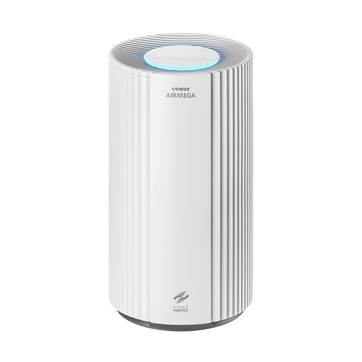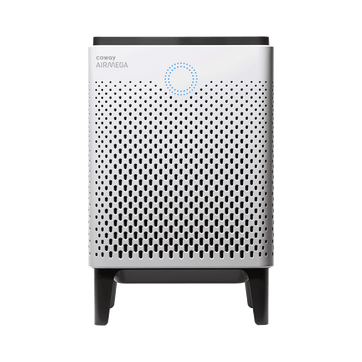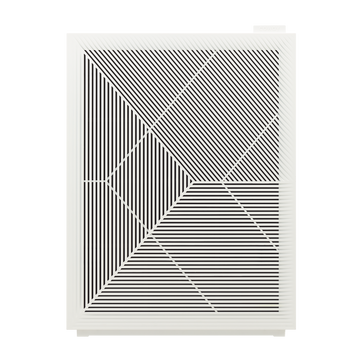
Combustion appliances can affect home air quality
Some appliances are potentially hazardous to your health, but combustion appliances pose particular problems. This type of equipment — which includes furnaces, water heaters, ovens, and appliances that burn oil, gas or other fuels — can produce a variety of pollutants, including carbon monoxide and particles suspended in the air.
The combustion concerns
Some of the riskier appliances are water heaters and furnaces that use atmospheric combustion by drawing air from the space around the appliance. A furnace, for example, pulls air into the combustion chamber, usually through a grill on the front, while a water heater induces air at the pilot light opening. The intake air mixes with gas to create a burn, and the exhaust is vented through the flue.
But, with water heaters, problems can arise because of the flue, which draws air in to boost the natural draft of the water heater. (Because warm air rises, combustion gases naturally rise, particularly when aided by an opening in the flue). The opening, though, also allows air to come down the flue. If the water heater is back-drafting — when exhaust gases spill into the room, instead of going out the flue — the flame may be starved for oxygen. This can cause an incomplete combustion process and result in a significantly higher level of carbon monoxide entering the home.
Reducing your exposure
All homes with fuel-burning appliances should have a carbon monoxide monitor. To reduce carbon monoxide risk at the source, use a sealed combustion furnace and direct vent, power-vented, or sealed combustion water heater, or convert from a fuel source to electricity. If you have a wood stove, open the damper when adding wood, allowing more air in to the stove, which helps the wood burn properly and blocks pollutants from being drawn back into the house. To reduce airborne particles, you can use a smart air purifier, like Airmega. While it does not affect the carbon monoxide, it can help reduce 99.97% of particulate matter.
Disclaimers
1Coway air purifiers has been proven to trap dust, pollen, dander, viruses and bacteria in the air based on KCL (Korea Conformity Laboratories) testing.They have been tested in a 30㎥ size chamber according to the Korea Air Cleaning Association standard (SPS-KACA 002-132:2022 Modified) to measure the 0.01㎛ size of particle removal rate. It was tested on maximum airflow speed in normal room temperature and humidity conditions. The performance may vary in the actual living environment of customers.
→ Tested with Airmega Aim, 150, 160, AP-1216L, AP-1512HH, AP-1512HHS, 200M, Icon, IconS, 230, 240, 250, 250 Art, 250S, 300, 300S, 400, 400S, ProX
299.97% of viruses, bacteria, fungi and pollen were verified to be removed from the air for Coway air purifiers which have Green True HEPA™ filter applied based on the Japan Food Research Laboratories(JFRL) testing according to JEM 1467 standard.
→ Tested with Coway Airmega AP-1512HH, AP-1512HHS, 250, 250 Art, 250S, 300, 300S, 400, 400S
→ All tested by JFRL and received above result within below time.
All tested by JFRL and received above result within below time.
- Virus: Tested with Escherichia coli phage ΦX174 NBRC 103405, 60 minutes
- Bacteria: Tested with Staphylococcus epidermidis NBRC 12993, 60 minutes
- Fungi/Mold: Tested with Penicillium citrinum NBRC 6352, 60 minutes
- Pollen: Tested with Cedar Pollen extract, 60 minutes
3Aerosol test conducted in a Biosafety level 3 laboratory with two Coway air purifier models, Coway Airmega 250 and 400 for removal of SARS-CoV-2 Aerosol by US based MRI Global, a not-for-profit laboratory and partner of US Department of Defense. The test was conducted in a 13.1ft3 chamber. Virus was aerosolized for 15 minutes and the product was turned on high for 2 minutes. Result showed each product effectively removed over 99.98% of the SARS-CoV-2 in 2 minutes. This is a result from a laboratory experiment condition and result may vary in different conditions. This result does not imply it kills SARS-CoV-2 or prevents the transmission of Covid-19. Coway Airmega 250S and 400S are identical to the tested models and has equal performance with an additional mobile connectivity function.
4The concentration of ammonia, acetaldehyde and acetic acid were proven to be removed within 30 minutes by FCG Research Institute, Inc. Human Life Science Lab. It is not a demonstration result in the actual use space. Not all odors and gases may be supported. → Tested with Coway Airmega 150, 160, AP-1512HH, AP-1512HHS, 400, 400S
5The coverage area of the air purifier is based on an area where the air cleaner can make two air changes per hour (ACPH). An air change per hour translates to how many times an air purifier can clean an area, assuming the height of a ceiling to be 8 ft, in one hour. Therefore ** means two air changes per hour means that the cleaner can clean the area once every 30 minutes and * means air changes per hour means that the air purifier can clean the area once every 60 minutes.
10Terms and conditions apply. Discounts, including promotions, coupons, bundle discount and subscription discount, cannot be stacked on top of other coupons. During promotional periods, discount codes will not be able to be applied to orders. Promo codes may apply to products only—filters, accessories, and new products within 3 months of the release date are not included.




















